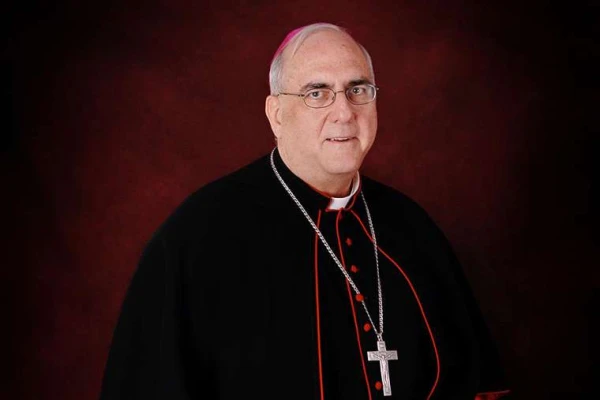
Washington D.C., Mar 24, 2021 / 04:00 am (CNA).- The Senate on Tuesday confirmed Shalanda Young as deputy director of the White House Office of Management and Budget (OMB).
The confirmation comes after President Joe Biden withdrew his initial nomination for OMB director, Neera Tanden, and Young faced a controversy of her own. Young will now serve as the highest-ranking position at the office, which plays a critical role in coordinating an administration’s policies throughout all federal agencies.
Young was confirmed in a bipartisan 63-37 vote. Her confirmation initially moved through the Senate budget and homeland security committees before several senators registered their concerns. The New York Post reported on March 10 that Young had framed public funding of abortions as “economic and racial justice,” in her written response to questions by senators.
When asked about the Hyde Amendment, Young responded that Biden has supported its repeal “as part of his commitment to providing comprehensive health care for all women.” The Hyde Amendment prohibits federal funding of most elective abortions.
“Further, eliminating the Hyde Amendment is a matter of economic and racial justice because it most significantly impacts Medicaid recipients, who are low-income and more likely to be women of color,” she said. Some House Democrats have advanced a similar argument that the Hyde Amendment is a racist policy.
Young, however, proved far less controversial with senators than did previous nominee Neera Tanden.
Biden originally nominated Tanden, president and CEO of the liberal think tank Center for American Progress, to lead the OMB. In her previous role, Tanden’s organization engaged in anti-religious freedom campaigns and sought to reframe the issue in support of same-sex marriage. Tanden herself was a strong supporter of the HHS contraceptive mandate, which resulted in the Little Sisters of the Poor going to court to defend their religious freedom.
Tanden was unable to secure the votes necessary for confirmation after her previous social media posts became controversial. At her confirmation hearings, Tanden also had to apologize for previously referring to opponents of the HHS contraceptive mandate as “extreme.”
According to the New York Times, Young, a former congressional staffer, “has earned bipartisan respect in both the House and Senate for her work.”
Some senators and members of the House spoke out against Young’s nomination, however, citing her record on the abortion issue.
Rep. Bob Good (R-Va.) sent a March 22 letter to President Biden opposing Young’s nomination.
He noted the “incredibly important role” she would have in the administration, with “remarkable oversight over how taxpayers’ hard-earned money is spent across the federal government.”
Young’s nomination poses a “significant threat to both the Hyde and Weldon Amendments,” he said. The Weldon Amendment prohibits federal funding of states which discriminate against health care entities because of their opposition to abortion. Young, Good said, provided an insufficient answer on the Weldon Amendment at her confirmation hearing earlier in March.
The Department of Health and Human Services twice found California to be in violation of the Weldon Amendment in recent years, for the state’s abortion coverage and abortion advertising mandates.
If you value the news and views Catholic World Report provides, please consider donating to support our efforts. Your contribution will help us continue to make CWR available to all readers worldwide for free, without a subscription. Thank you for your generosity!
Click here for more information on donating to CWR. Click here to sign up for our newsletter.





Leave a Reply